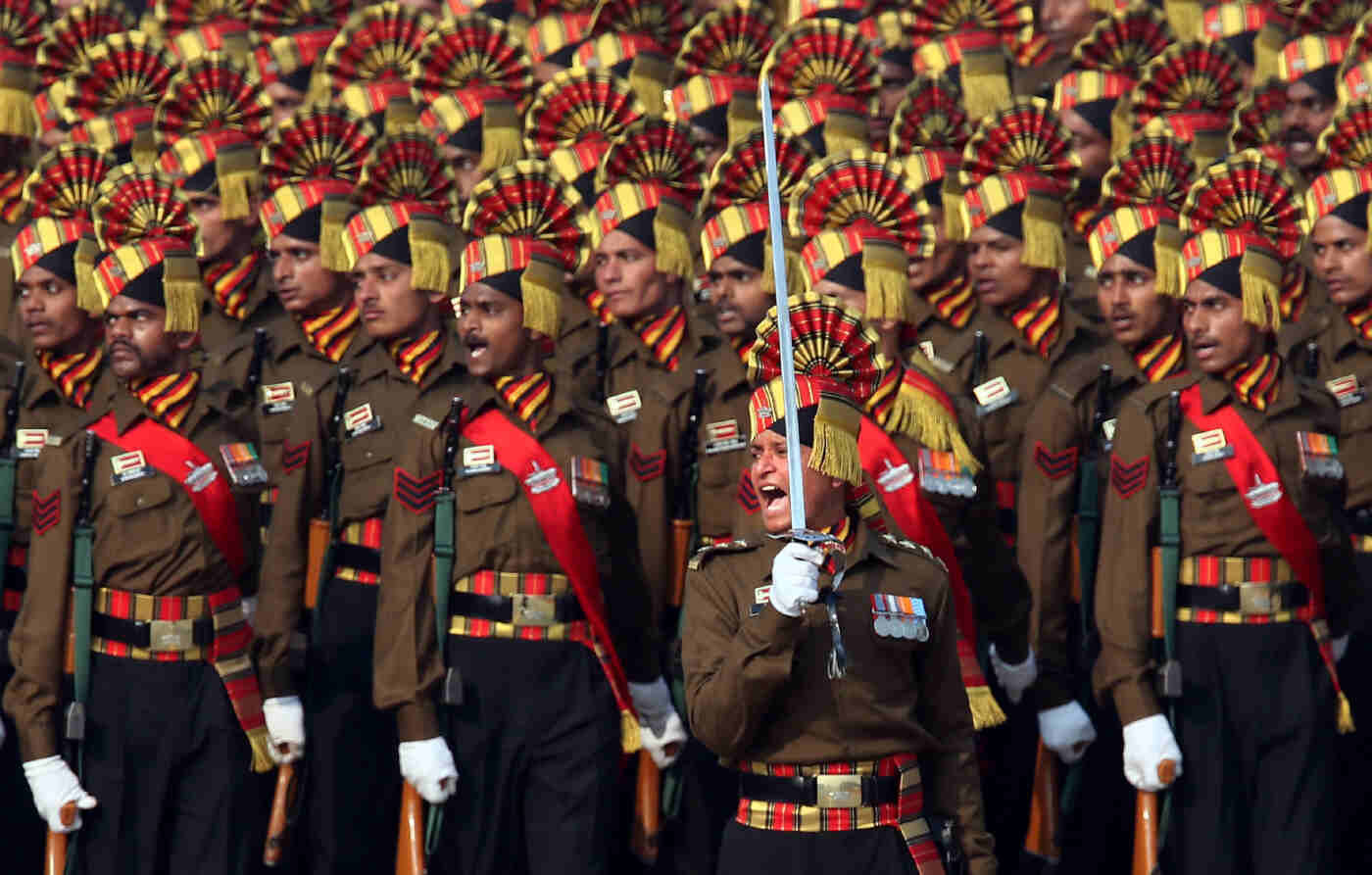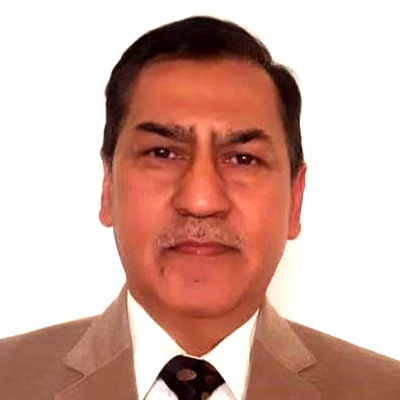
Agnipath, and the Changing Character of Army’s Rank and File!

The writing on the wall clearly indicates that the decision to implement the ‘Tour of Duty,’ called Agnipath, in the Army has been taken and the implementation modalities are being worked out. The issue has also been extensively debated in media, and in summation the rationale for the same is the burgeoning salary and pension parts of the defence budget. Indeed, the defence budget at the ongoing levels, over a period of time, is very limited for modernisation and capital acquisitions. The pension-structure of the Armed Forces based on New-Pension Scheme has been debated, and a tailored scheme could have been worked out in consonance with the existing provisions and policies for other central and state government retirees.
It is apparent that exhortation over a period of time from the hierarchy to right-size (literally downsize) the structure and composition of the Army, has not borne fruit or had been limited in scope. This has been obviously and correctly related to the adversarial environment on the Northern and Western Borders. Our adversaries have distinct plans to commit the Frontier Corps/ Rangers/ People’s Armed Police Force, especially in defence. With broad National Security Guidance on modern warfighting, it could have been possible to contemplate better methodology to ‘moth-ball’ formations and right-size, optimally utilising the million strong CAPF. These can be optimally tasked in defensive operations at times of war, relieving large Army deployments.
At this juncture, with the decision behind us, it may be pointless to debate the efficacy of the Agnipath Scheme– with its evident negatives, or recommend alternatives! For the Army, Ágnipath’ will be the most intensive human resource challenge it has witnessed since Independence, as by the time it is fully implemented, the organisation will be as good as new! Prior to Covid, nearly 30 Lakh aspirants used to report, with their kith and kin, for 150 odd Army rallies for approximately 60,000 vacancies, in a veritable mela-type (festive) atmosphere.
The relevance here is of the social structure and the underlying aspirations of the peoples of rural India, to find steady, long-term, respected job, for which, joining Army exactly fitted the bill! Will the same aspiration to join the Army be retained by the populace, after the intake becomes contractual for a fixed period? The preference will be to join CAPF where an individual gets to serve till 60 years of age!
Case in point is Short Service Commission intake that has seen many avtars, and is currently an unsuccessful intake system in the Army. This is despite the fact the AV Singh Committee Report of 2003, the 6th and 7th Central Pay Commission (CPC) Reports had recommended modalities for making SSC attractive, and these had often been projected for approvals. It might be premature to prognosticate, the Agniveers could well follow suit of the lack of SSC aspirants.
Best hence would be to fine-tune the Agnipath scheme in a manner to bring about a modicum of acceptability. There are two strands of this policy, both distinctly diverse though correlated, that are of particular concern and need deliberation, in the light of the implementation modalities of Agnipath. First is the issue of contractual intake for three to five years and thereafter the release of fifty percent from the contract, and the second are the changed modalities to All India All Class (AIAC) recruitment. Examining the contractual intake first, five pathways are considered to fine tune issues as below:
- The contract for soldiers (Agniveers as they are to be called), who may yet be minors, entails getting fixed amount as monthly salary with annual increments. Apparently after five years, for those absorbed in permanence, salaries as per Levels laid down by the 7th CPC will commence. It may be prudent to consider the Levels-based salary structure, even for Agnipath, from the date of joining the Army, with same entitlement of allowances like the Risk-Hazard ones (for example allowances authorised in Siachen Glacier). Similarly, those disabled or become battle casualties or awarded on gallantry, will require similar emoluments and perks as allowed to a serving soldier. The contractual soldiers will also require a tailored Insurance scheme for the duration of their tenures. It would make miniscule financial difference, but would facilitate effective amalgamation in the Services, and push away the seeming social stigma of contractual job.
- It is not necessary to have two separate termination of contract of three and five years, though might entail some financial saving. It will create a breakneck competition over five years among aspirants seeking permanent absorption in the Army, and maybe subjectiveness in judgement of the decision-makers, that would lead to unpleasantness. Three years is also too short a period, inclusive of one year training to make correct judgement, and could well enhance litigation. If the issue of gratuity payments and the like can be reconciled, then one five-year-contractual period will be advantageous. If not feasible due to enhanced financial commitment, then single four-year duration should meet the parameters.
- Armed Forces are not monolithic organisations, there are specialities and specialities that demand very high degree of proficiency – like aircraft/ helicopter repairs. The contract must not become sacrosanct, as if etched in stone! There should be dispensation feasible to allow beyond the 50% absorption quota at the end of the contract, albeit with due sanctions.
- The training period of basic, advanced and specialist military training, that stretches to nearly one year, (and even beyond for certain specialities), needs to be re-worked. Training is essential, but the contract is for a short period to spend that substantial time in training.
- The foundation of making the scheme attractive, mindful of the social structure, is to assure post-contract avenues. Understandably post contractual period, at 22-24 years of age, with just 10+2 educational qualification or less, though with training and experience in the military, an individual could seek only an unskilled job. This will be grossly frustrating, and a deterrent to the next generation/ kith and kin joining the organisation. With hindsight of experience, it is improbable that CAPF or State Police forces will absorb these short-term soldiers, as constables with credit of service. On the contrary, adversarial avenues may beckon, to the detriment of the society at large. It can be anticipated that by 2027, about 40,000 individuals will be released annually on completing their contractual obligation. A guarantee of admission in educational institutions of higher learning, if desired, and assured quota for placement in Government/ private sector is absolutely imperative to make the scheme a success. By no way it would be benevolent gesture, generating avenues for employment is a national objective!
Second major issue pertains to changed modalities to All India All Class (AIAC) recruitment, as against an apparent North Indian recruitment predisposition, to adapt to single class composition of Regiments, especially in the Infantry, Artillery, Armoured Corps (AC), Corps of Engineers and Mechanised Infantry (MECHINF). In the Agnipath scheme, it seems that an AIAC manner of recruitment is visualised that would balance the intake on national basis, thereby greatly effecting single-class Regimentation that has been the bedrock of the Army over a very long period. Indeed, the single-class Regiments are NOT the entire Army, not even entirely the four arms mentioned above. Case in point is the new raisings in AC, MECHINF, and artillery in the last decade or so, which were on AIAC basis.
It must be categorically stated that the mixed class Regiments have also performed very commendably always, in all ways comparable to single class composed Regiments. However, Agnipath will have significant impact on 18/19 Infantry Regiments and some other arms regiments. Implementing the policy hence must be with detailed analysis of the outcomes, and the intake affected from various advantaged States currently. A few pointers to this end can be:
- Policy must conform to Constitutional Provisions/ Government policies. The Recruitable Male Population (RMP) Factor based on National census is an ideally developed model. Its implementation can be made stricter, though there can be methodologies worked out to address infirmities like lesser intake from some states, by amalgamating shortfall to AIAC. It is understandable that culturally, peoples of many states do not have the requisite interest in joining the profession of arms, and the vagaries of service that come with it.
- Intake should be based on domicile cert and not caste certificate, implying adjustment and balance to cosmopolitan nature of population in many states. Merit in intake must remain paramount factor, irrespective of ethnicities.
- Class based Regiments and Corps will have to make serious adjustments contingent upon drop in actual annual intake from their normal recruitment areas. There is surely need for further analysis, to downscale some regiments, or amalgamate them, conforming to similarities on regional basis. Regional intake based regiments like MADRAS and ASSAM have performed very creditably. If however, retention of class based regiments is not acceptable in any form, there will be a major upheaval.
In sum, the Agnipath seeks a very major transformation in the Armed Forces, particularly in the Army. It needs to be addressed without making haste, and with deliberate analysis of outcomes. Hasty implementation may turn counterproductive to the efficiency of the Army, which is till date largely operationally committed, and there exists an adversarial environment that does not seem to be resolving soon.
************
Disclaimer
The opinions expressed in this article are the author’s own and do not reflect the views of Chanakya Forum. All information provided in this article including timeliness, completeness, accuracy, suitability or validity of information referenced therein, is the sole responsibility of the author. www.chanakyaforum.com does not assume any responsibility for the same.
Chanakya Forum is now on . Click here to join our channel (@ChanakyaForum) and stay updated with the latest headlines and articles.
Important
We work round the clock to bring you the finest articles and updates from around the world. There is a team that works tirelessly to ensure that you have a seamless reading experience. But all this costs money. Please support us so that we keep doing what we do best. Happy Reading
Support Us





















POST COMMENTS (4)
Ambi Aiyar
Girish
Sk Singh
A K BARDALAI